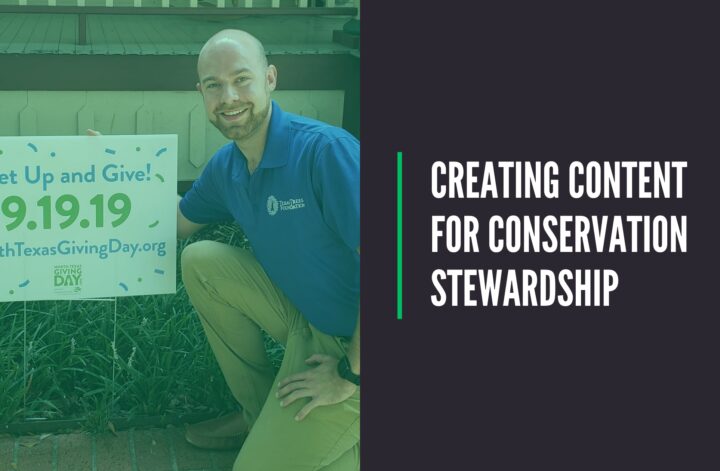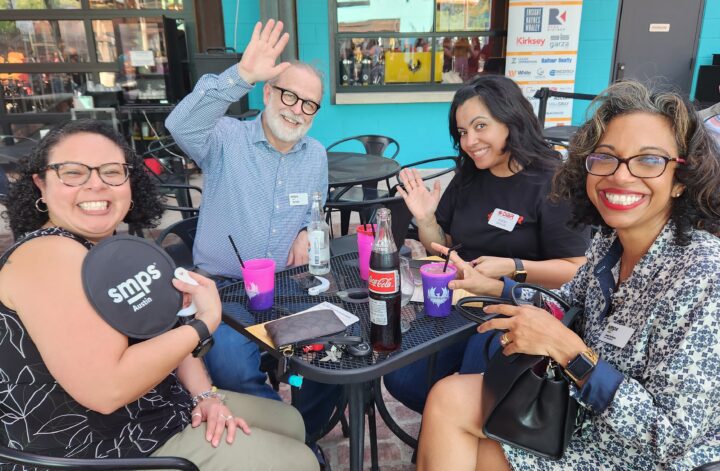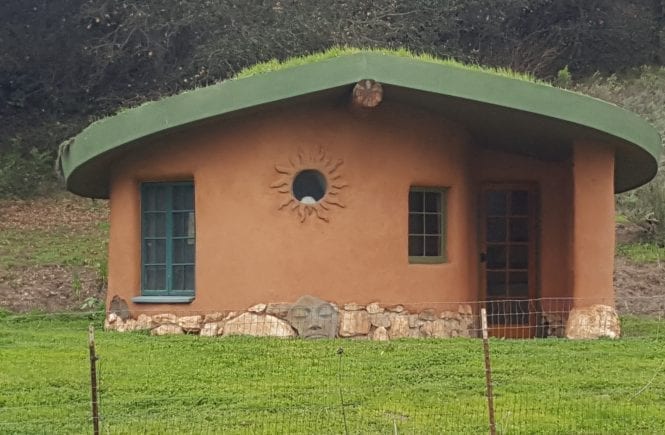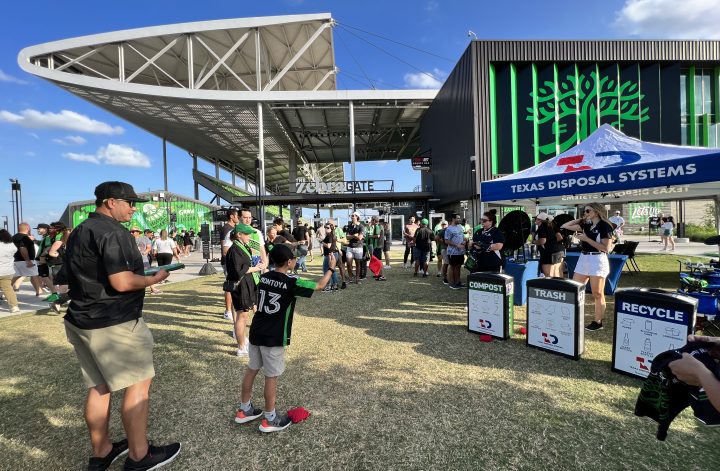In today’s digital world, content is a powerful tool that can drive real change, especially when it comes to conservation. The right content can inspire people to care about the environment and take meaningful action to protect it. But creating content that truly resonates and motivates your audience requires more than just good intentions—it demands a thoughtful, strategic approach. Let’s explore how to craft content that not only raises awareness but also inspires environmental stewardship and drives positive change.
1. Start with a Clear Message
Before you begin crafting your content, it’s crucial to have a clear and compelling message. Ask yourself: What do you want your audience to understand or feel after engaging with your content? Whether your goal is to highlight the importance of protecting biodiversity, raise awareness about the devastating effects of deforestation, or promote the benefits of adopting sustainable practices, your message needs to be straightforward and easy to grasp. A clear message ensures that your audience understands exactly what you’re advocating for and why it matters. This clarity is the foundation upon which all other elements of your content will build.
2. Use Visual Storytelling
Visual storytelling is a particularly powerful tool in conservation content. High-quality visuals—such as breathtaking images of endangered species, captivating videos of natural landscapes, or informative infographics explaining environmental issues—can grab attention and evoke emotions in ways that text alone often cannot. Visual content helps to humanize abstract concepts and makes them more relatable. For instance, a video showing the impact of plastic pollution on marine life can create a strong emotional response and a call to action. By using compelling visuals, you can draw your audience in, keep them engaged, and make a lasting impression that motivates them to care about and support conservation efforts.
3. Make It Relatable
One of the key challenges in conservation marketing is making the issues relatable to your audience. People are more likely to engage with content when they see a direct connection to their own lives. To make your content more relatable, illustrate how environmental issues affect everyday life. For example, explain how the decline in bee populations could impact the availability and cost of fruits and vegetables or how deforestation could lead to more severe weather events in their region. By making these connections clear, you make it easier for your audience to understand the importance of conservation and feel motivated to take action. When people see how environmental issues touch their lives, they are more likely to become passionate advocates for change.
4. Provide Value and Education
Effective conservation content does more than just engage—it educates and provides value to the audience. People are more likely to support causes they understand, so use your content to inform and empower. Offer practical advice on how to make a difference, such as tips for reducing single-use plastics or creating a wildlife-friendly garden. Educational content could also include infographics explaining the benefits of renewable energy or blog posts detailing the impact of deforestation on global climate patterns. Providing valuable information not only helps to raise awareness but also equips your audience with the tools they need to contribute to conservation efforts in their daily lives.
5. Encourage Interaction and Participation
Engagement is the heart of any successful content marketing strategy, and conservation content is no different. Encourage your audience to interact with your content and participate in your conservation efforts. This could be as simple as asking questions, inviting them to share their own experiences, or launching interactive challenges. For instance, you could create a social media campaign encouraging followers to share photos of their eco-friendly practices or run a quiz to test their knowledge on conservation topics. By fostering a sense of community and shared purpose, interactive content can significantly enhance engagement and inspire collective action.
6. Amplify Your Reach with Social Media
Social media platforms offer a unique opportunity to amplify your conservation messages and reach a larger audience. Share your content across multiple channels like Instagram, Facebook, Twitter, and LinkedIn to increase its visibility. Utilize hashtags related to conservation and environmental issues to help your content get discovered by people who are interested in these topics. Consider collaborating with influencers or partnering with organizations that share your commitment to the environment; they can help spread your message further and engage with new audiences. The broader your reach, the greater your potential impact on raising awareness and inspiring action.
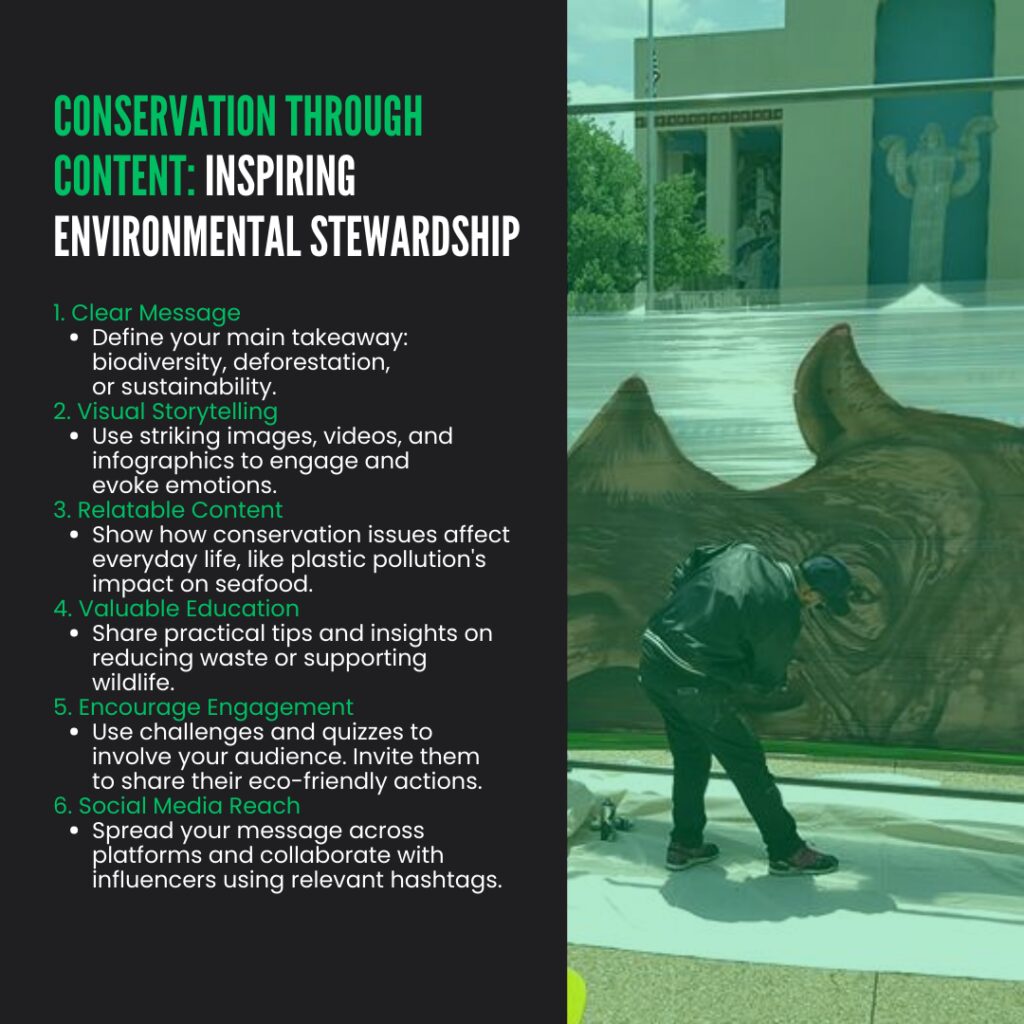
Conclusion
Creating content that inspires environmental stewardship is about more than just spreading awareness—it’s about motivating people to take action and become active participants in the fight to protect our planet. By crafting content that is clear, engaging, relatable, and educational, you can connect with your audience on a deeper level and inspire them to join you in making a positive impact. Conservation is not just a mission—it’s a movement that thrives on the collective actions of individuals. By using your platform to create compelling content, you can help lead this movement, encouraging more people to embrace environmental stewardship and drive meaningful change for a more sustainable future.
*Content was generated with AI based on my notes and direction, then edited and refined by me for accuracy.

